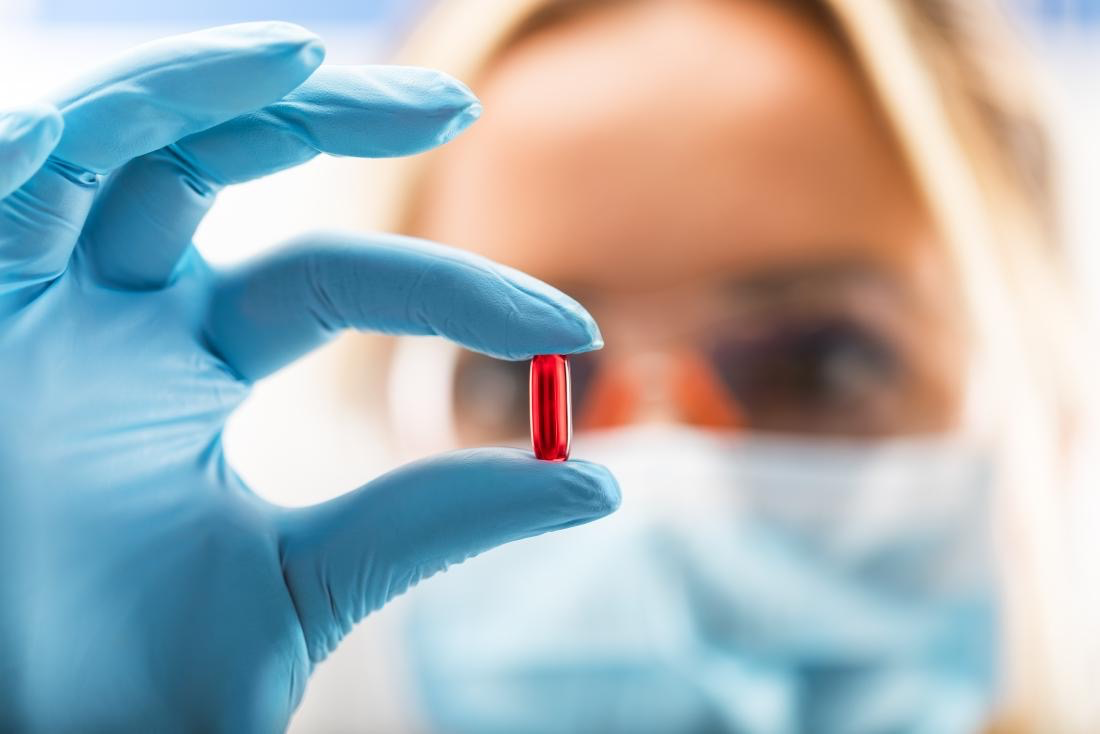東京で信頼できる警備会社をお探しなら|安心・安全のセキュリティサービス
Effective Treatment Options for Leukemia: Advancements and Approaches
Leukemia is a type of cancer that affects the blood and bone marrow, disrupting normal blood cell production. As one of the most common cancers, leukemia has various forms, and treatment options continue to evolve, providing hope for patients. Recent advancements in treatment have led to significant improvements in survival rates and quality of life for individuals diagnosed with leukemia. Here, we explore the main treatment options available for leukemia and how they work.
Leukemia is a type of cancer that affects the blood and bone marrow, disrupting normal blood cell production. As one of the most common cancers, leukemia has various forms, and treatment options continue to evolve, providing hope for patients. Recent advancements in treatment have led to significant improvements in survival rates and quality of life for individuals diagnosed with leukemia. Here, we explore the main treatment options available for leukemia and how they work.

1. Chemotherapy: The Cornerstone of Leukemia Treatment
Chemotherapy remains one of the most commonly used treatments for leukemia. It involves using powerful drugs that target and kill rapidly dividing cells, including cancerous leukemia cells. Chemotherapy is often given in cycles, allowing patients time to recover between treatments.
How it Works: Chemotherapy drugs circulate throughout the body and target fast-growing leukemia cells. Combination therapies are frequently used to attack different types of leukemia cells and increase effectiveness.
Side Effects: While chemotherapy is effective in treating leukemia, it can cause significant side effects, such as nausea, fatigue, hair loss, and weakened immune function.
Applications: Chemotherapy is often the first-line treatment for many types of leukemia, including acute leukemia, and it may also be used as part of the treatment regimen before stem cell transplants.
2. Targeted Therapy: A More Precise Approach
Targeted therapy is a newer treatment option that uses drugs to specifically attack cancer cells based on genetic mutations. These therapies are tailored to the individual patient's leukemia type, making them more effective and often resulting in fewer side effects compared to traditional chemotherapy.
How it Works: Targeted therapies focus on molecular markers or genetic mutations within leukemia cells. For example, imatinib (Gleevec) targets the BCR-ABL fusion protein found in chronic myeloid leukemia (CML), while venetoclax targets the BCL-2 protein in acute myeloid leukemia (AML).
Benefits: Targeted therapies can often be more effective with fewer side effects than traditional treatments, particularly for patients whose leukemia cells have specific mutations.
Applications: Targeted therapies are increasingly used for chronic leukemia types like CML and AML, where specific genetic abnormalities are present.
3. Immunotherapy: Harnessing the Power of the Immune System
Immunotherapy involves boosting the body’s immune system to help it identify and destroy leukemia cells. This type of treatment can be particularly effective for patients who have not responded to traditional chemotherapy.
How it Works: Immunotherapy can include monoclonal antibodies that bind to specific proteins on leukemia cells, marking them for destruction by the immune system. One notable form of immunotherapy is CAR-T cell therapy, which involves genetically modifying a patient’s T cells to enhance their ability to target and attack leukemia cells.
Benefits: Immunotherapy can be effective even in aggressive or relapsed cases of leukemia, offering hope for patients who have run out of options with conventional therapies.
Applications: CAR-T cell therapy has shown promise in treating certain types of leukemia, such as acute lymphoblastic leukemia (ALL), especially in patients who have not responded to other treatments.
4. Radiation Therapy: Targeting Cancer Cells with Precision
Radiation therapy is another treatment option that uses high-energy radiation to target and kill cancer cells. It is often used in specific cases, such as preparing for a bone marrow transplant or targeting leukemia cells in localized areas.
How it Works: Radiation therapy works by directing high-energy rays at leukemia cells, damaging their DNA and preventing them from reproducing. It is often used in conjunction with other treatments, such as chemotherapy.
Benefits: Radiation can be effective in shrinking tumors or treating areas where leukemia cells have spread, such as the brain or spleen.
Applications: Radiation therapy is often used in preparation for stem cell transplants, as well as for patients with localized leukemia involvement.
5. Bone Marrow (Stem Cell) Transplant: A Potential Cure
In cases where other treatments have failed or leukemia is particularly aggressive, a bone marrow transplant, also known as a stem cell transplant, may be considered. This treatment involves replacing the diseased bone marrow with healthy stem cells from a donor.
How it Works: The patient's bone marrow is destroyed using high-dose chemotherapy or radiation, and then healthy stem cells are infused into the body. These stem cells can regenerate the bone marrow and restore normal blood cell production.
Benefits: Bone marrow transplants can provide a potential cure for leukemia, especially in cases of relapse or refractory leukemia.
Applications: Bone marrow transplants are commonly used for patients with high-risk or relapsed leukemia and may be considered after other treatment options have been exhausted.
6. Supportive Care and Maintenance Therapy
Supportive care plays an essential role in managing leukemia, particularly in alleviating symptoms and improving the patient’s quality of life. This can include treatments to help manage pain, prevent infections, and manage side effects from chemotherapy.
How it Works: Supportive care may involve antibiotics to prevent infections, blood transfusions to manage anemia, and growth factors to stimulate blood cell production. Maintenance therapy may also include lower doses of chemotherapy or targeted drugs to help prevent leukemia relapse.
Benefits: Supportive care ensures that patients remain as healthy as possible during treatment and recovery, helping them manage side effects and improve outcomes.
Applications: Supportive care is used throughout the treatment process, including after stem cell transplants or during periods of remission.
Conclusion
Leukemia treatment has evolved significantly in recent years, with many new options providing hope for patients. The most effective treatment plan depends on the leukemia type, the patient’s individual characteristics, and their overall health. With the continued advancement of therapies like chemotherapy, targeted treatments, immunotherapy, and stem cell transplants, patients with leukemia have better chances of achieving remission and improving their quality of life. Early diagnosis and personalized treatment are key factors in improving outcomes, and with these advances, patients can look forward to more promising futures.











